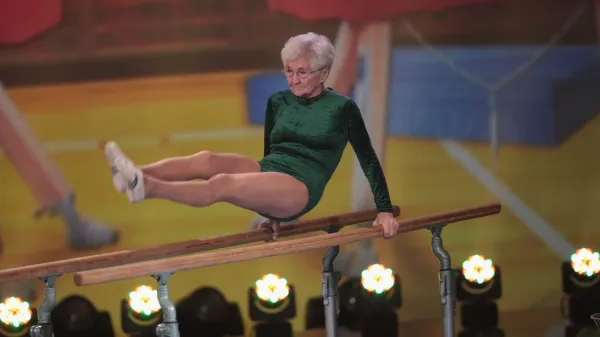Historian Dr. Bob Nicholson, who runs the blog The Digital Victorianist, was studying an 1889 issue of Tit-Bits Magazine a few years ago when he came across an intriguing feature titled “The Spinsters’ Prize.” It was a competition that offered a prize to unmarried women who could provide the best explanation for why they hadn’t found a partner. One thing was evident from the page full of responses published on April 27, 1889: Ladies in Victorian England had a badass sense of humor.
In Victorian society, women had only one primary responsibility: marrying and serving their husbands.

However, as this old article demonstrates, not all of them did.




“I’m a historian who specializes in the history of Victorian pop culture,” Dr. Nicholson said. “I was searching through old issues of Tit-Bits magazine in search of nineteenth-century jokes, and I happened across the ‘Why am I a Spinster?’ competition by accident. I love finding evidence that challenges our assumptions about life in the nineteenth century. Some people imagine Victorian women to have been prudish, reserved, and submissive to men—but many of the ‘spinsters’ who entered that competition were anything but. They were witty, irreverent, and proudly independent. I thought that was worth sharing.”







We may get an idea about women's and men's roles in Victorian England by reading John Ruskin’s Sesame and Lilies (1865).
“The man’s power is active, progressive, defensive. He is eminently the doer, the creator, the discoverer, the defender. His intellect is for speculation, and invention; his energy for adventure war, and for conquest,” Ruskin said. “But the woman’s power is for the rule, not for battle – and her intellect is not for invention or creation, but for sweet ordering, arrangement, and decision… she must be enduringly, incorruptibly good; instinctively, infallibly wise, wise not for self-development, but for self-renunciation: wise, not that she may set herself above her husband, but that she may never fail from his side.”
In this quotation, the art critic and famous social thinker highlight the traditional gender norms and stereotypes that were popular at the time; men and women were assigned certain roles, resulting in men wielding more authority over women, putting them at a significant disadvantage during this period. This was referred to as separate spheres’ by historians and was based on a definition of women’s and men’s ‘natural’ qualities. Women were thought to be physically weaker than men, making them best suited to domestic life.



There were, however, exceptions, as we can see.
“I’m not sure I’d go so far as to call the article progressive, but it does a good job of subverting the jokes that were usually told at women’s expense,” the historian explained, adding that classic Victorian ‘spinster’ jokes typically presented them as either desperate to find a man (any man, really), or spiteful because they had been left on the shelf.
“There are hints of these misogynistic stereotypes in the Tit-Bits’ article, but they also give a voice to women who comically assert their happiness at being single, and use the chance to mock men. This wasn’t unheard of in Victorian humor, but it does go against the grain.”



Tit-Bits, a British weekly magazine founded in 1881, established the way for popular journalism.
“Tit-Bits ran their competition at a time when the so-called ‘woman question’ was becoming increasingly debated in Victorian society,” Dr. Nicholson said. “Many women were beginning to push for more rights and opportunities, including the right to be defined by more than just their marriage. I think the responses Tit-Bits received — and the fact that they printed them — hints at these changing attitudes.”



Dr. Nicholson shared his findings in a Twitter thread that soon went viral since 21st-century women could relate to their Victorian-era sisters on a deeply personal level.
Here are a few responses to this hilarious thread.








Not only are they badass, but they provide a great reminder that smart, strong women have always been around. What did you think? Were the women of 1889 wrong to give such responses, or were they just ahead of their time? Let us know in the comments below.







